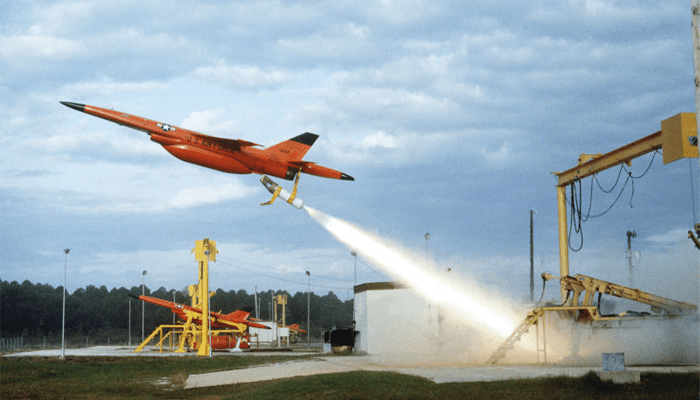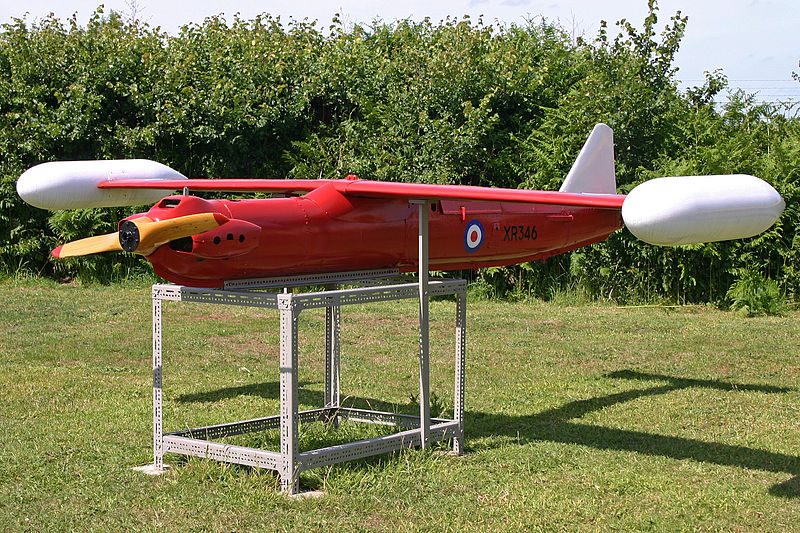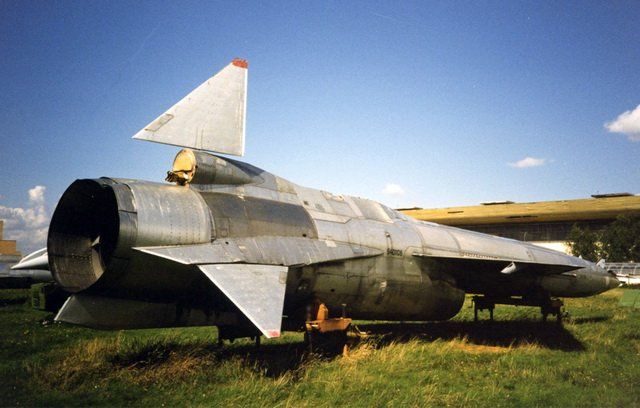At the end of World War II, surveillance and reconnaissance tasks were initiated by the numerous combatant countries in different ways. Drones were used for internal surveillance.
The first unmanned aircraft, which was utilized by the US Army to carry out the surveillance mission, is known as SD-1. It was the aircraft, which was deployed to train anti-aircraft gunners. The SD-1 is also known by its other name, which is MQM-57 Falconer.
As we are aware, necessity acts as the primary motivator for innovation and progress at some point of records. This notion was exemplified vividly during the duration of a fateful surveillance venture in the turbulent year of 1960 when an American reconnaissance aircraft confronted a tragic destiny at the hands of a Soviet missile strike. Tragically, this occasion not only resulted in the loss of the aircraft but additionally in the devastation of losing the courageous pilot who served their country Diligently.
This incident significantly shifted the focus of defense personnel toward the drone for surveillance purposes. Responding to the army’s requirements, Ryan Engineers made a commitment to transform the existing Firebee drone into a long-range unmanned aerial vehicle. Following the alterations by Ryan Models, the drone was utilized by the US Army in a variety of missions, showcasing its enhanced capabilities and effectiveness in fulfilling the evolving needs of military operations. The successful deployment of this upgraded drone underscored the importance of technological advancements in enhancing national security and operational efficiency.
In addition to their United States, Soviet engineers were dedicated to developing drones equipped with remarkable capabilities during this period. This shared ambition led to the exploration and deployment of advanced surveillance missions using the upgraded Tupolev Tu-123 Yastreb, also identified as DBR-1. Positioned within the realm of long-range and high-altitude unmanned aircraft, the Tupolev Tu-123 represented a significant technological advancement that elevated aerial reconnaissance capabilities to new heights, showcasing the ingenuity and progressiveness of both US and Soviet engineering efforts in the era of drone development.
Article Written by Mr. Abul Kalam Khan.




